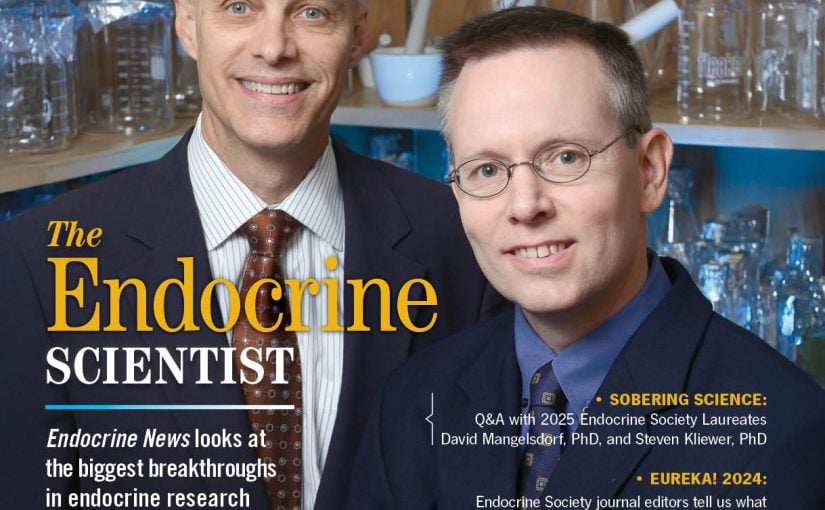Children who were exposed to radiation following the Chernobyl nuclear accident in April 1986 may have an increased risk of developing thyroid nodules, according to a study recently published in The Journal of Clinical Endocrinology & Metabolism.
Researchers led by Elizabeth K. Cahoon, SM, MHS, PhD, of the Radiation Epidemiology Branch, DCEG, at the National Cancer Institute in Bethesda, Md., point out that internal radiation exposure during childhood is an important risk factor for thyroid cancer, but whether internal radiation exposure during childhood is related to thyroid nodules isn’t known, so they set out to study whether there was an association between internal I-131 radiation dose and thyroid nodules in young people who were exposed to Chernobyl radiation as children.
Cahoon and her team screened 11,970 residents of Belarus who were children (18 or younger) at the time of the Chernobyl accident for thyroid disease. Thyroid palpation, ultrasonography, blood and urine analysis were performed, and medical follow-up was given when appropriate. The investigators measured excess odds ratios per Gray scaled at five years old at the time of the accident for any thyroid nodule and for grouped nodules.
The researchers found that risk of any thyroid nodule increased with internal I-131 dose and with younger age at exposure for a given dose. “The EOR/Gy (95%CI) for neoplastic nodules (3.82;0.87, 15.52) was significantly higher than for non-neoplastic nodules (0.32;<0.03, 0.70) and did not vary by size; while the EOR/Gy for non-neoplastic nodules did vary by size (P=0.02) and was 1.55 (0.36, 5.46) for nodules ≥10 mm and 0.02 (<-0.02, 0.70) for nodules <10 mm in diameter. EORs/Gy for single and multiple nodules were comparable,” they write.
The authors conclude that “childhood exposure to internal I-131 is associated with increased risk of neoplastic thyroid nodules of any size and non-neoplastic nodules ≥10 mm.” They go on to write that these results support the theory that children exposed to radiation may be more susceptible to developing cancer.

